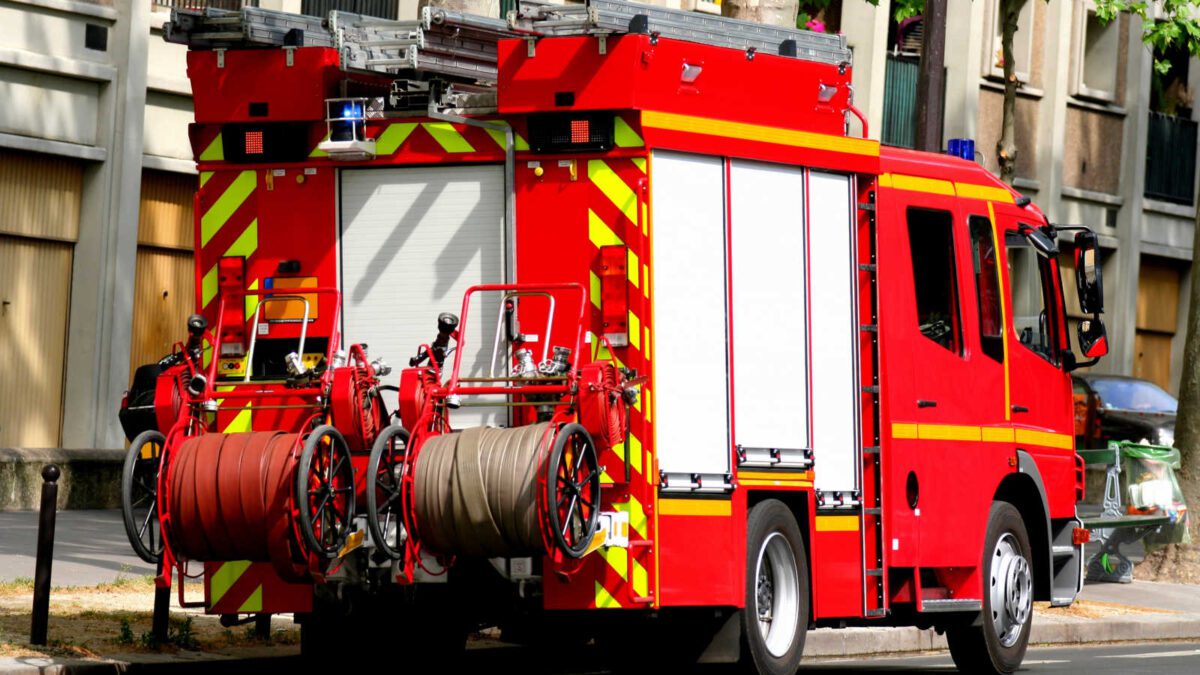The response time for Paris firefighters has shortened because of bike lanes
New data shows crews can get to emergencies faster than ever
 Photo by:
Getty Images
Photo by:
Getty Images
In 2021 and 2022, the response time of the Paris firefighters reached an unprecedented level of efficiency, unlike any other time in the past decade. Although the figures released by the Paris fire brigade (BSPP) in early February indicated a slight increase of six seconds in the average intervention time for firefighter vehicles in the capital, a significant time reduction has been observed when comparing the data from 2015 onwards, particularly in the last two years. The reason? Bike lanes, according to an article in Le Parisien.
Bike lanes help traffic flow
Although BSPP has not yet speculated as to the explanation for this time saving of over a minute compared with previous times, the increase of bike lanes could explain a smoother flow of rescue traffic, according to some experts.
“When we build bicycle lanes, especially the new 2.5 m lanes, we can get a certain number of vehicles moving. These figures (from the BSPP) confirm what we’ve been saying: only when necessary, that cycle lanes provide easy, free-flowing routes for firefighters, ambulances and police,” David Belliard, deputy mayor of Paris in charge of public spaces and transport, said. “The improvements we are making are designed to improve the flow of emergency vehicle traffic.”
With more people using bikes to commute, over cars, there is less gridlock. “Yes, there’s less and less traffic in Paris,” an emergency doctor in the city said.
Lanes can be used for vehicles
The other benefit is, depending on the width of the bike lane itself, it is possible for emergency vehicles to use the lanes to get past any build-ups of cars.
Tandis que les camions de la Fashion week occupent la voie centrale de Rivoli, les pompiers se fraient un chemin sur la piste cyclable, les cyclistes libérant le passage en une fraction de seconde.
Rivoli, 6 mars. pic.twitter.com/VC8UphkPgW
— Commute de Paris (@CommuteDeParis) March 6, 2023
The news comes at a time when many in the anti-cycling lobby in Canada continue to put forth myths that bike lanes actually slow down emergency services. Cycling advocate Robin Richardson, says that using misinformation that ambulances and firetrucks can’t get around town because of bike lanes is a way to create negative attention on bike infrastructure. Richardson spoke about some bike lanes on Yonge Street in Toronto, and how they help everyone in the city.
A small group of Toronto protesters blocked cyclists from riding in bike lanes
“Complete streets are important; they leave room for people who choose to drive, while also giving space for people to walk, cycle and take transit safely,” Richardson said. “Those opposed to the Midtown Yonge Complete Street disregard the data that show that bike lanes and other complete street elements benefit local businesses, keep everyone safer—even drivers!—and do not hinder emergency services from responding to calls in a timely manner.”
